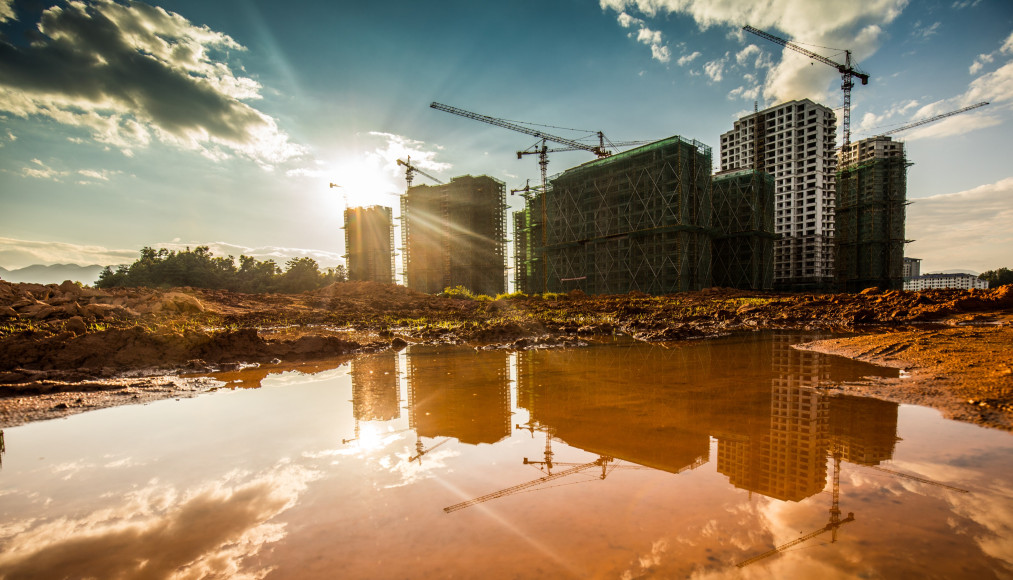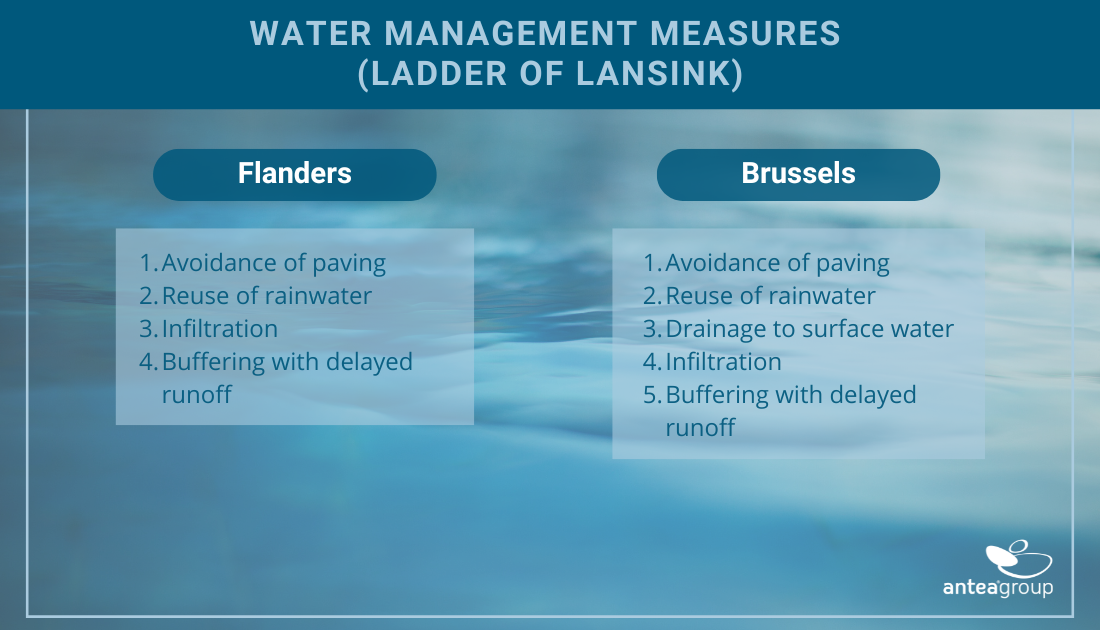Due to increasing hard landscaping, it is more difficult for rainwater to seep into the soil. This leads more and more often to droughts or floods, also in Flanders and Brussels. Governments and water managers are therefore imposing even stricter requirements on the development of new building projects. By optimizing stormwater management, developers can not only meet these requirements, but also contribute to a more sustainable and resilient living environment. But how exactly does that work?


Smart water management for sustainable project development
Innovative methods for stormwater management in Flanders and Brussels
- Wednesday 7 August 2024
- minutes

